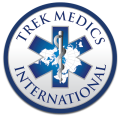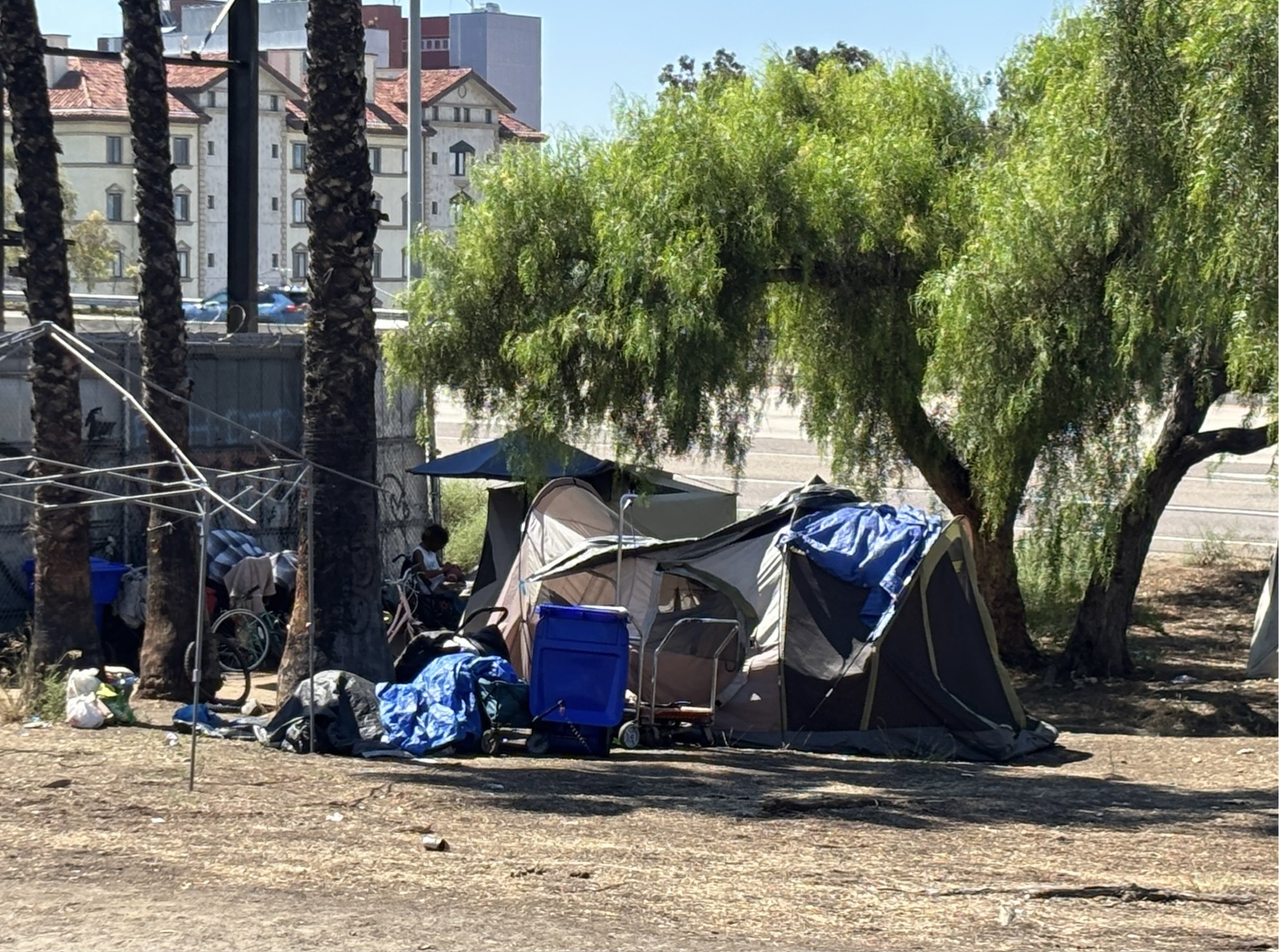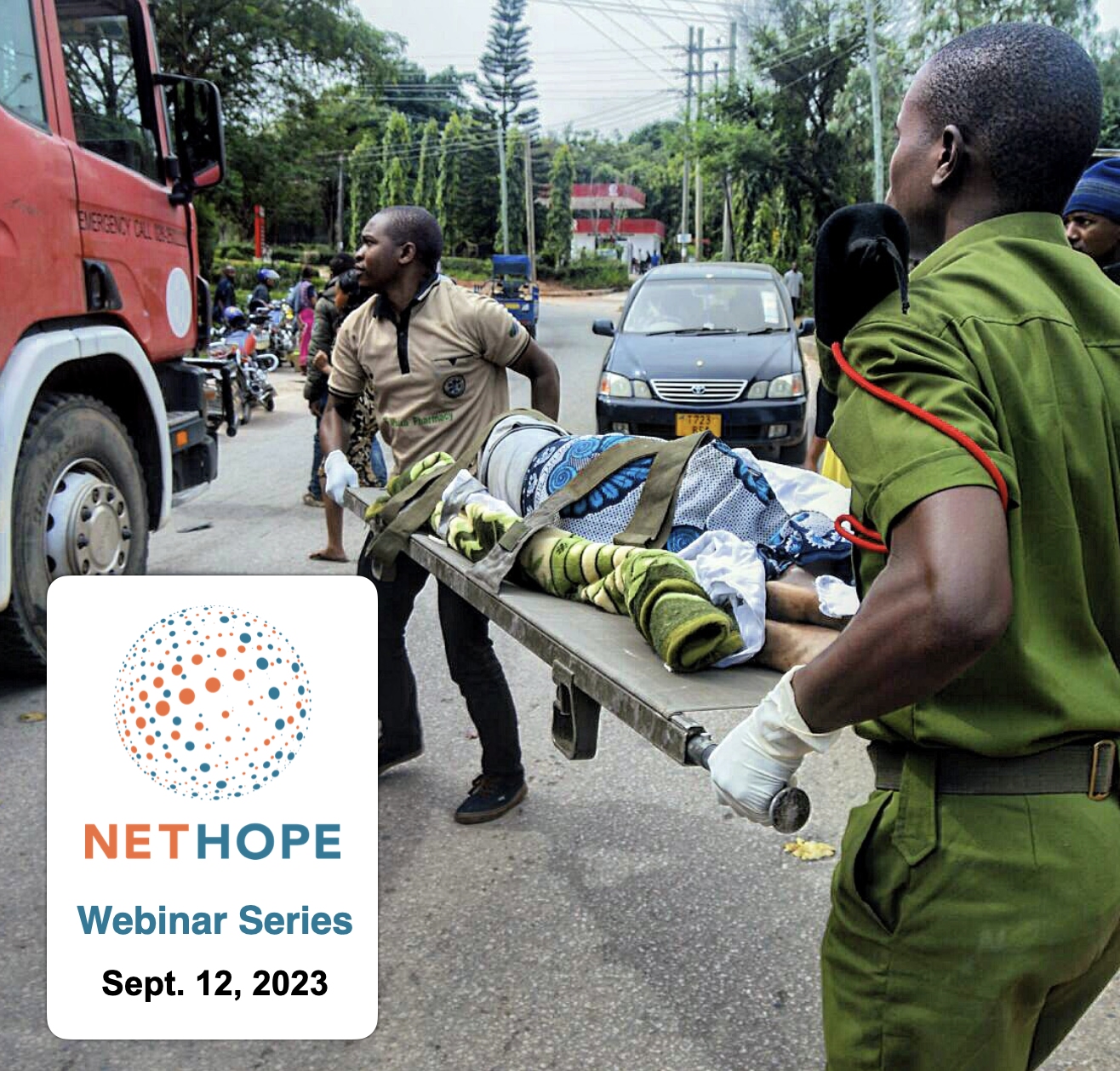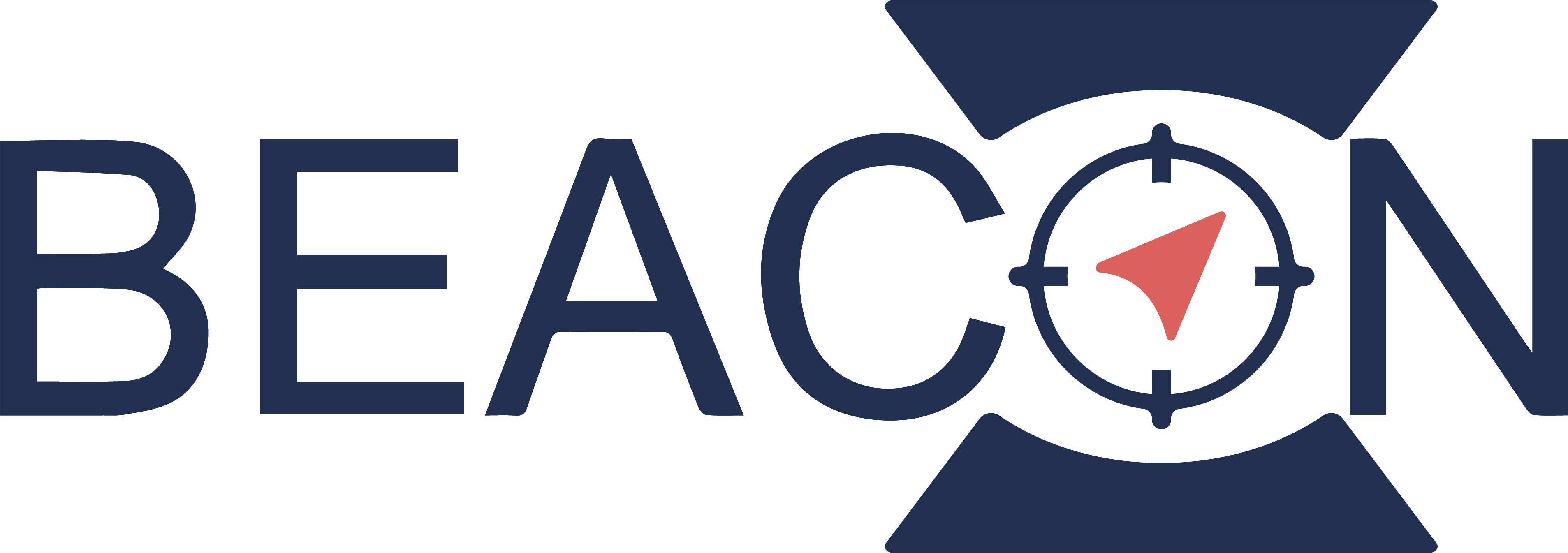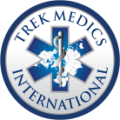Proud Participants of the


Improving access to naloxone for active opioid overdoses
While communities around the country are handing out naloxone to anyone willing to step up and reverse an overdose, the only people who get alerted when an overdose is reported to 911 are police, fire and EMS. We’re here to change that.
The Beacon Emergency Dispatch platform alerts community responders equipped with Naloxone when active opioid overdoses are reported in their area.
Beacon can be used as a standalone dispatch platform or it can be easily integrated into the local 911 call center.
Learn More
60 Overdoses in 30 Days: At Work With the Connecticut Harm Reduction Alliance

After only the first 30 days of the program, CTHRA street outreach workers had already responded to over 60 overdoses, arriving on-scene on average in less than 6 minutes — and very often before formal emergency responders.
Community Responders In Puerto Rico Reverse Opioid Overdoses With Naloxone And Simple Text Message Alerts

With just two simple text message alerts, community responders in rural Puerto Rico were able to locate an overdose victim and save their life.
Community-based overdose response networks with beacon
POTENTIAL OVERDOSE
A witness to a suspected opioid overdose knows there is naloxone available in the community and calls for help.
RESPONSE DISPATCH
A dispatcher receives the call from the witness requesting urgent naloxone delivery, enters the witness’ location into Beacon and sends it as an SMS text alert to all available community members equipped with naloxone.
Crisis Response
Community responders reply to the alert and Beacon determines the nearest and most appropriate resources and personnel to respond quickly. Responders get instructions to proceed to the incident location, with two or more dispatched for safety’s sake.
CONFIRM ON-SCENE
Responders locate the victim and update the dispatcher through Beacon, ensuring accountability and maintaining open communications should more resources be needed.
NALOXONE ADMINISTRATION
Responders determine if the scene is safe and then assess the patient for tell-tale opioid overdose symptoms. Naloxone is then administered to the victim. If the overdose is reversed, a life is saved. If there is no change in the victim’s condition, 9-1-1 is already en route.
INTERVENTION, TRANSPORT OR RELEASE
Where available, responders are able to offer referral services, counseling or transport to an appropriate medical facility. Or, as is so often the case after EMS reverses an overdose, the survivor leaves on their own.
